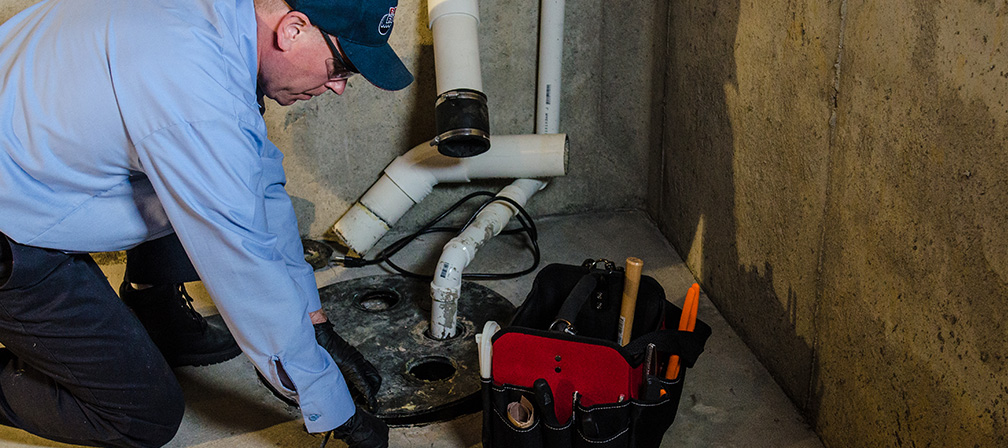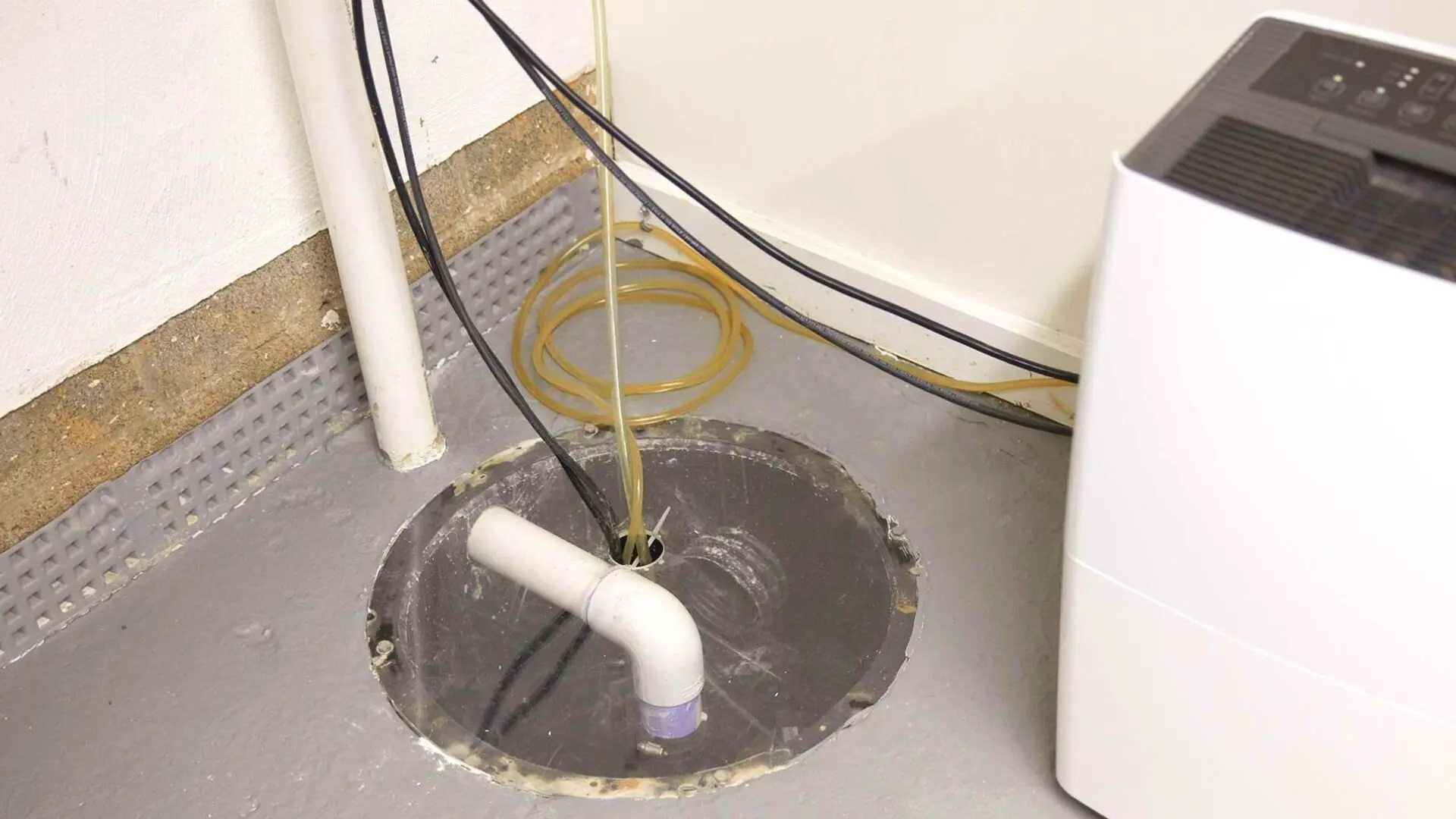Handy Techniques for Cleaning Your Sump Pump
Handy Techniques for Cleaning Your Sump Pump
Blog Article
Here in the next paragraphs you'll find a good deal of worthwhile news pertaining to Keep Your Sump Pump Clean, It'll Keep You Dry.

Sump pumps are important elements in numerous homes, especially in areas vulnerable to flooding or excessive wetness. They help protect against water damages by successfully getting rid of excess water from basements or crawl spaces. However, like any other appliance, sump pumps call for routine maintenance to ensure they work properly when required the most. Cleansing your sump pump is a crucial part of its upkeep, and comprehending just how to do it effectively can conserve you from costly repairs and possible disasters.
Introduction
Keeping a tidy sump pump is important for its proper functioning and longevity. Disregarding this important task can cause blockages, malfunctions, and inevitably, water damage to your residential or commercial property. As a result, learning just how to clean a sump pump is critical for home owners who depend on these gadgets to keep their basements completely dry and secured.
Indications of a Dirty Sump Pump
Understanding when your sump pump requires cleansing is essential for stopping potential breakdowns. Some common indications that show a filthy sump pump consist of strange noises throughout operation, reduced water flow, and noticeable debris in the pit. If you notice any one of these symptoms, it's important to clean your sump pump promptly to stay clear of any more problems.
Getting ready for Cleansing
Before you start cleansing your sump pump, it's vital to take some security precautions. Begin by shutting off the power to the pump to avoid any electrical accidents. Furthermore, wear ideal protective gear, such as handwear covers and goggles, to shield yourself from dust, debris, and prospective microorganisms.
Understanding the Sump Pump
Before diving right into the cleansing procedure, it's essential to have a standard understanding of just how a sump pump works. Usually mounted in a pit or basin listed below the cellar floor, a sump pump consists of numerous vital parts, including a pump, a float button, and a discharge pipe. When water gathers in the pit, the float button activates the pump, which then pumps the water out through the discharge pipe, away from the building's foundation.
Detailed Guide to Cleansing a Sump Pump
Shutting down the Power
Begin by separating the power supply to the sump pump to prevent any type of crashes while cleaning.
Checking for Appropriate Functioning
Before reinstalling the pump, carry out a quick test to make certain that the float switch triggers the pump properly. Put some water right into the sump pit and observe the pump's operation. If whatever is working properly, you can reconstruct the pump and reconnect the power supply.
Eliminating Debris and Dust
Utilize a pail or a scoop to remove any type of visible particles, dirt, or sediment from the sump pit. Dispose of the debris correctly to avoid it from obstructing the pump or the discharge pipe.
Cleaning up the Pump and Drift Change
As soon as the pit is clear of particles, meticulously get rid of the pump from the pit. Check the pump and the float button for any type of indications of damages or wear. Use a soft brush or fabric to clean up the surface areas and eliminate any type of accumulated grime.
Purging the System
After cleansing the pump and float switch, flush the sump pit with clean water to get rid of any staying dirt or debris. This will certainly assist ensure that the pump runs smoothly and efficiently.
Upkeep Tips to Keep Your Sump Pump Clean
In addition to routine cleaning, there are a number of upkeep tips you can comply with to maintain your sump pump in optimum condition:
Final thought
Cleaning your sump pump is an important element of its maintenance and makes sure that it operates successfully when you need it the most. By complying with the steps described in this guide and including normal maintenance into your regimen, you can prolong the lifespan of your sump pump and safeguard your home from water damage.
6 STEPS ON HOW TO CLEAN A SUMP PUMP PROPERLY
UNDERSTANDING SUMP PUMPS
Your sump pump plays a crucial role in protecting your home by managing and removing excess water. It primarily functions as a “shield”, guarding your basement against the damaging effects of water accumulation. The pump is housed in a sump pit in the lowest part of your basement, and its job is to pump out any water that collects there.
During heavy rainfalls or when snow melts rapidly, water can infiltrate your basement, posing potential risks like flooding, structural damage, and harmful mold growth. Here, the sump pump springs into action, pumping out the intruding water and directing it away from your home.
SAFETY FIRST
Before cleaning, remember to prioritize safety. Disconnect the sump pump from the power source to prevent any accidental electric shocks. Also, wear sturdy gloves to protect your hands from any sharp or dirty components within the pump.
REMOVE THE SUMP PUMP
After ensuring your safety, the next step is to remove the sump pump from its pit. Doing this might require careful maneuvering as you don’t want to damage any pump components. Once removed, clean the sump pit to remove any accumulated debris or sludge.
INSPECT THE PUMP
Inspect the pump for any visible signs of wear or damage. Check the power cord, float switch, and impeller housing. If any components look worn out or damaged, consider replacing them to ensure optimal performance.
CLEAN THE PUMP
Thoroughly clean the pump with warm, soapy water. Make sure to rid it of any dirt, gravel, or other debris that might impede its performance. You can use a toothbrush to clean the small, hard-to-reach parts of the pump.
REINSTALL THE SUMP PUMP
Reinstall the pump into the sump pit Make sure it’s positioned correctly to remove the water effectively Once it’s back in place, reconnect it to the power source TEST THE PUMP
Finally, pour some water into the pit to ensure the pump works correctly. It should start automatically and begin pumping out the water; if it doesn’t, check the power source and the positioning of the pump.
Remember, while cleaning your sump pump is an essential part of home maintenance, hiring a professional plumber for a thorough inspection and cleaning at least once a year is also important. This will ensure that your pump is in optimal condition, ready to protect your home from potential water damage.
BEST PRACTICES FOR CLEANING SUMP PUMP DISCHARGE PIPES
Regular Inspection: Regularly inspect your discharge pipes, especially during heavy rainfall or snowmelt periods. Look for any signs of blockage or damage. Early detection of problems can prevent serious issues down the line. Periodic Cleaning: Over time, sediment and debris can accumulate in the discharge pipes, impeding the flow of water. Regular cleaning helps keep the pipes clear and functioning efficiently. You can use a high-pressure water jet to effectively clean the pipes. Insulation During Winter: In colder climates, discharge pipes can freeze, blocking the outflow of water. Protect your discharge pipes from freezing temperatures by insulating them with foam pipe insulation. This will ensure the sump pump can continue to discharge water even in freezing conditions. Proper Positioning: The discharge pipe should be positioned to direct water away from your home’s foundation. Improper positioning can lead to water seeping back into the basement. Ensure the pipe is long enough and angled correctly. Installation of a Check Valve: A check valve prevents water from flowing back into your sump pit after the pump has pushed it out. Installing a check valve helps maintain the efficiency of your sump pump and reduces the risk of flooding. Minimize Pipe Turns: Every curve or turn in the discharge pipe can decrease the efficiency of water flow. By minimizing turns and bends in your discharge pipe, you can increase the efficiency of your sump pump. https://www.fullspeedplumbing.com/how-to-clean-a-sump-pump-properly9999/

Do you like reading up on ? Put a short review further down. We'd be glad to find out your responses about this review. In hopes to see you back again before long. Sharing is nice. One never knows, you could be helping someone out. Kudos for your time. Kindly stop by our blog back soon.
Book Your Service Report this page